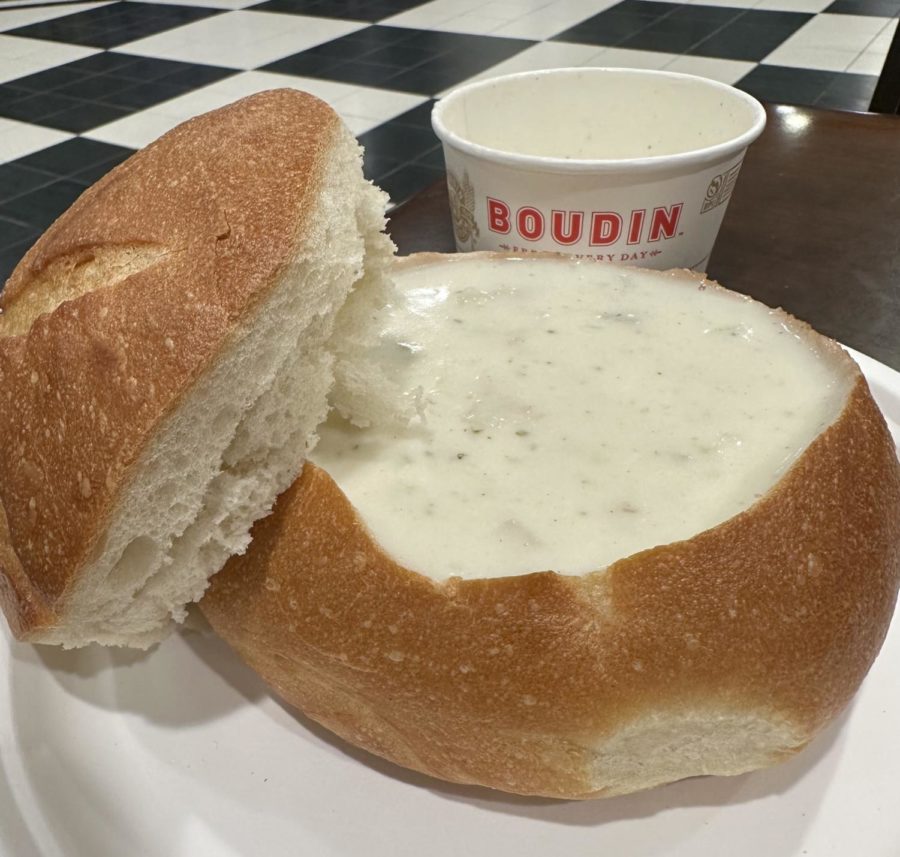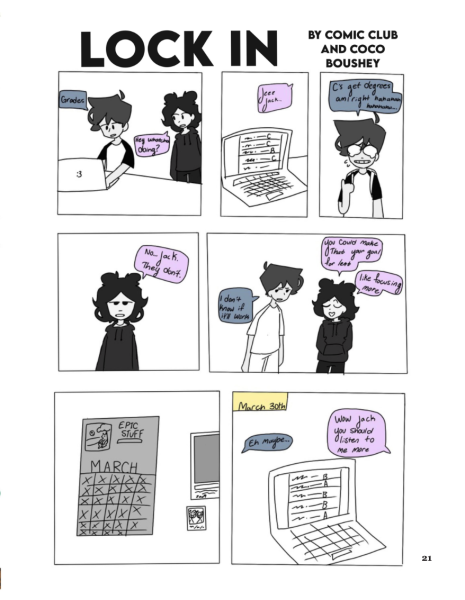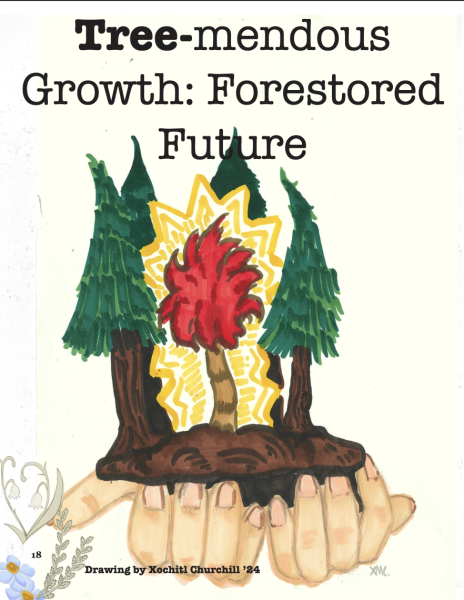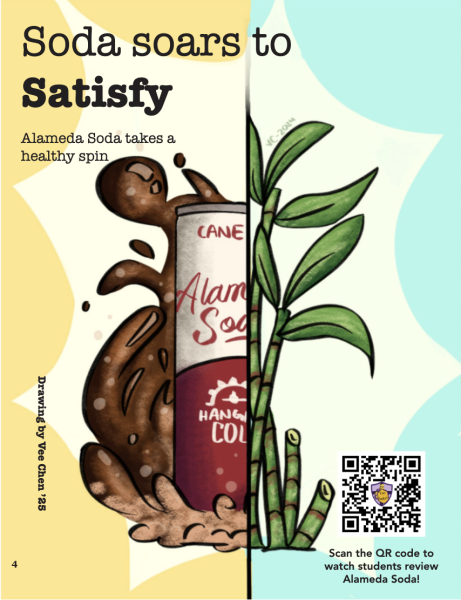Tried and true tasty treats
Iconic SF foods delight palates
May 22, 2023
For as long as any San Franciscan can remember, the city has been booming with new businesses, creating more iconic spots for both locals and tourists to enjoy after taking in the beauty of all the San Francisco landmarks.
Boudin Bakery is based in SF and has grown to be a classic specifically known for its sourdough bread. It was founded in San Francisco in 1849, and there are now 29 locations in SF with the main one located in Fisherman’s Wharf.
In addition to having a wide selection of bread, Boudin also has many other various delicious dishes. One of the most famous ones is their clam chowder bread bowl.
A student who has lived in SF her whole life, Scarlett Borges ’24, stated that she will never get sick of it because, “the soup soaks into the bread perfectly so it isn’t soggy or dry, and it’s not too fishy” making it the “perfect for her pallet.”
The Golden Gate Fortune Cookie Factory doubles as a famous San Francisco landmark and location for iconic San Francisco food. It is located on Ross Alley in San Francisco’s Chinatown and is known to be one of the only places where you can watch how fortune cookies are made in-person.
Growing up as a Chinese kid in San Francisco and having Chinatown as an essential part of my childhood, the Fortune Cookie Factory was a very fun place to visit. No other fortune cookie can ever match this authentic experience I experienced in my childhood.
— Daniel Cheung ’25
Daniel Cheung ’25 expressed, “Growing up as a Chinese kid in San Francisco and having Chinatown as an essential part of my childhood, the Fortune Cookie Factory was a very fun place to visit. No other fortune cookie can ever match this authentic experience I experienced in my childhood.”
When hearing the word “factory,” it is not expected that workers will be available to converse or welcome visitors, but this is not the case at all. As visitors walk through the doors of the shop, they are kindly greeted with a free, fresh fortune cookie and smiling faces.
Although they are allowed to take as many pictures as they would like, it is expected that they either leave a small tip in the tip jar or buy a bag of handmade fortune cookies.
Cheung continued, saying, “Inside the compact store are workers who make and form the cookies right in front of you. You can even eat them fresh from the griddle wheel as soon as they cool off.”
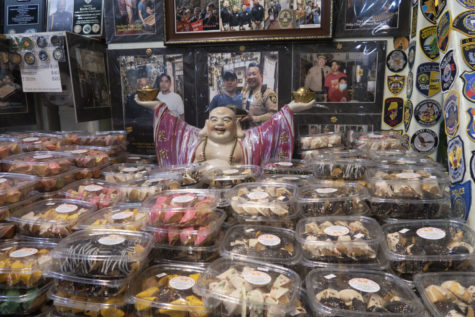
This famous tourist attraction offers a wide variety of these sweet treats, including regular,glazed, chocolate-dipped, flat, strawberry, green tea, chocolate, and even giant fortune cookies.
Inside the shop, visitors will find pictures of Golden State Warriors NBA Basketball player, Klay Thompson, put up by Kevin Chan who is an avid fan of the Warriors. There is even a large mural on the wall of the factory, exhibiting a cherished picture of Kevin and Klay.
The factory is open all days of the week, but hours vary on weekdays and weekends. The weekday hours are from 9 a.m. to 6:30 p.m. and the weekend hours are from 9 a.m. to 7 p.m.
The next iconic San Francisco food item is Rice-A Roni, “The San Francisco Treat.” This ingenious invention was created in 1958 by Vincent DeDomenico, an American entrepreneur, along with his brother and sister-in-law, Tom and Lois DeDomenico.
Not long after World War II, Tom and Lois were searching for a home in San Francisco and were able to rent a room in the house of Pailadzo Captanian, an Armenian woman who taught Lois to make baklava and Armenian Pilaf. Captanian often asked Tom, Vincent, and Lois to bring Golden Grain vermicelli back from the pasta factory the DeDomenico brothers and their father owned in San Francisco.
She would ask them to break the vermicelli into pieces as small as rice grains to ultimately make into pilaf.
The DeDomenicos moved out of Captanian’s house and found their own, where Lois cooked the Armenian Pilaf frequently. Tom DeDomenico’s brother, Vincent, had a brilliant idea
Saying, according to legend, “This would be great in a box.” This inspired their company to work on the idea of pasta in a box which would later be enjoyed nation-wide.
The invention got its name because it is a combination of rice and vermicelli pasta. The DeDomenicos believed the word “macaroni” was more American than “pasta,” so they decided to call it “Rice-A-Roni,” meaning rice and macaroni.
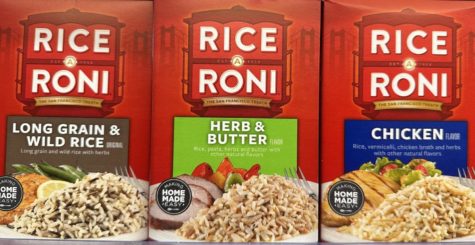
Scott Chiesa, Resource and Wellness Moderator, reminisced, “I remember when my mom made Rice-A-Roni, it was always a cold day. As a kid coming home from school and seeing the box, I was excited for dinner that night!”
Rice-A-Roni commercials featured a jingle that sings, “Rice-A-Roni, the San Francisco Treat. Rice-A-Roni, the flavor can’t be beat. One pan, no boiling, cooking ease. A Flavor that is sure to please. Rice-A-Roni, the San Francisco treat!”
This captivating jingle increased the popularity of the side dish and will forever be known as “The San Francisco Treat!”


